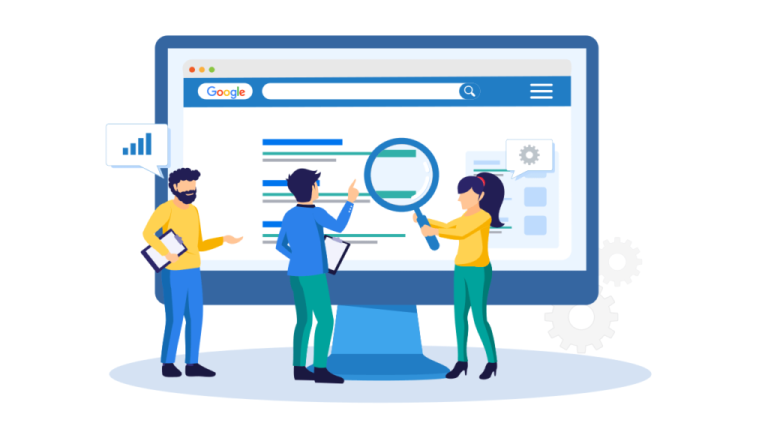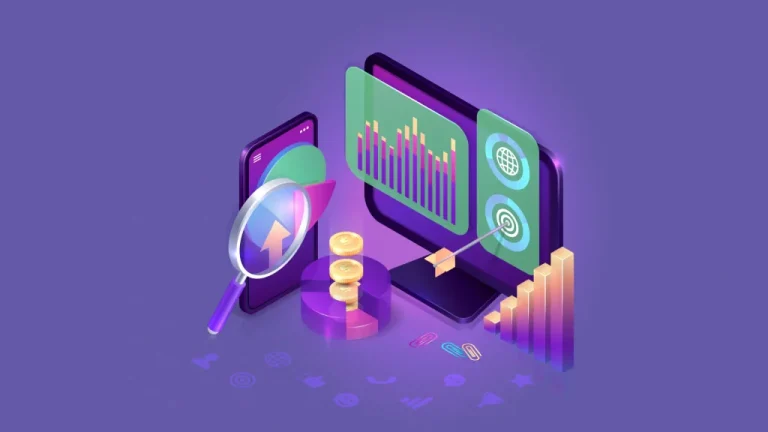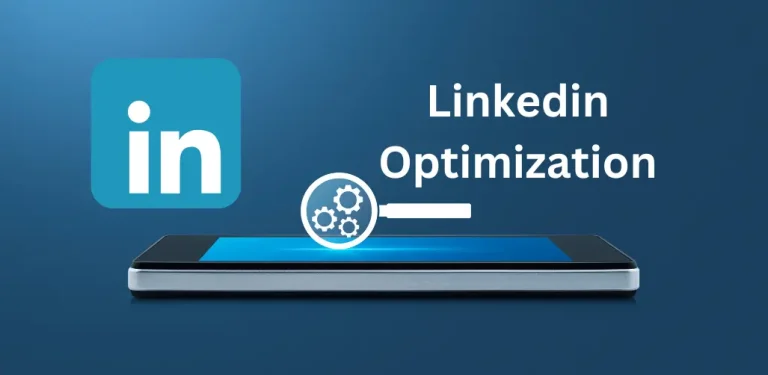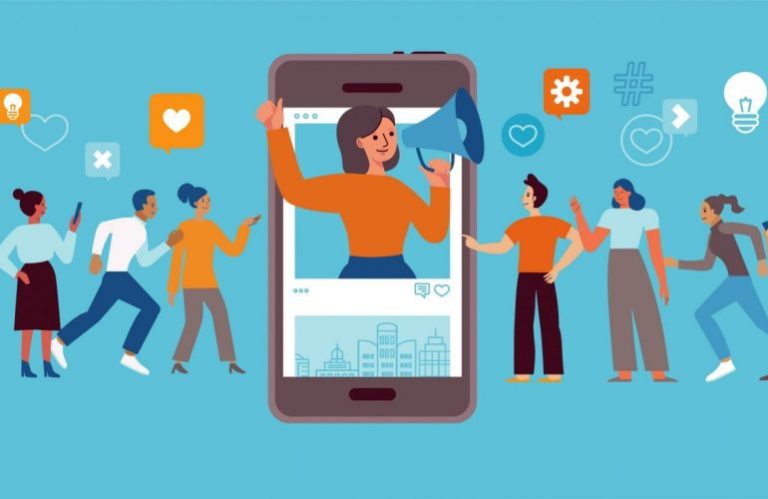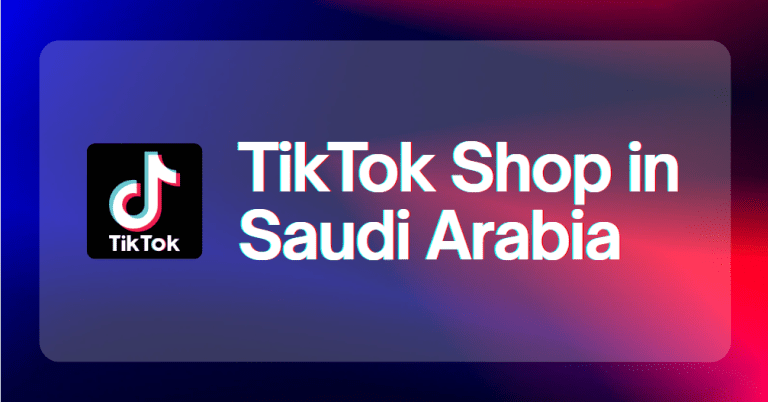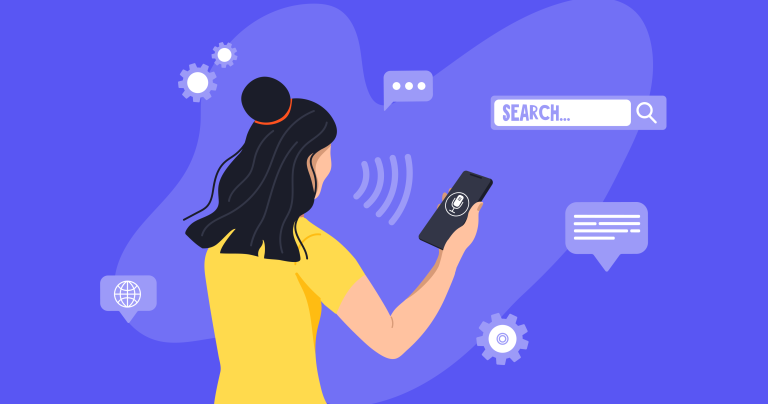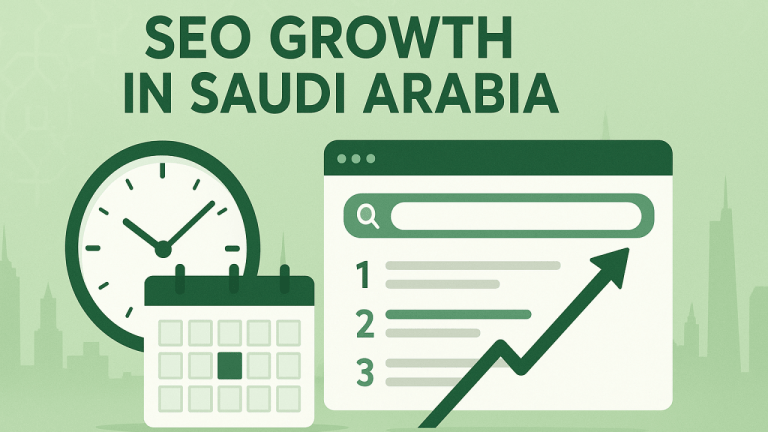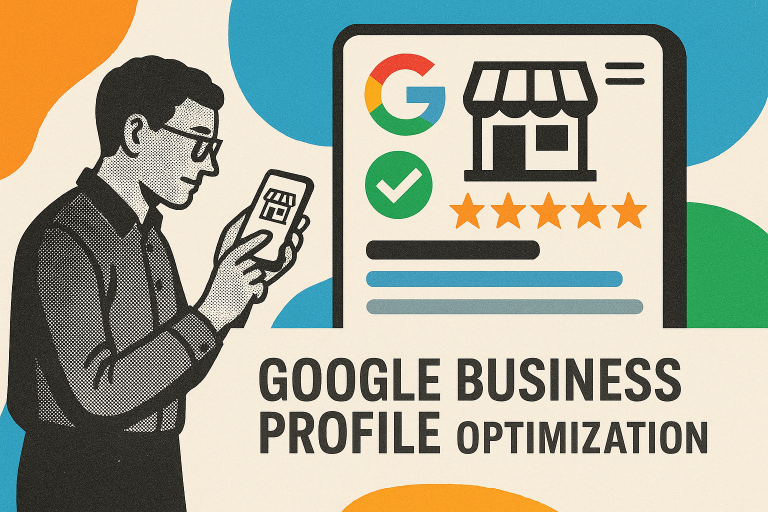Al Awali Unlocked: Digital Marketing for Local Business Growth
A visual guide to the booming business landscape of Al Awali, Madinah, and the strategic advantage of localized digital marketing.
The Engine of Growth: Saudi Vision 2030
Saudi Arabia's Vision 2030 is supercharging the nation's economy, with a focus on diversifying away from oil. This has ignited incredible growth in key sectors within regions like Madinah, making Al Awali a prime location for business innovation and investment.
Private Sector GDP Goal
SMEs Empowered Kingdom-Wide
Women in the Workforce
Al Awali's Economic Boom: A Sector-by-Sector Look
Key Growth Sectors in Madinah Region
The Madinah region, including Al Awali, is experiencing a surge in commercial activity. Recent data highlights massive year-on-year growth, particularly in logistics and tourism, creating a fertile ground for new and expanding businesses.
The Rise of the Digital Consumer
Consumers in Al Awali are digitally savvy and highly connected. A successful business strategy must prioritize a strong online presence, as digital platforms are the primary channels for discovery, engagement, and commerce.
The Local Advantage: Why Hyper-Local Marketing Wins
In a community-focused market like Al Awali, generic advertising falls flat. A local agency understands the cultural nuances, consumer behaviors, and community values, leading to campaigns that resonate deeply and build lasting trust.
Cultural Intelligence
Crafting messages that respect local traditions and values, creating a genuine connection.
Tailored Strategies
Developing bespoke campaigns that address Al Awali's unique market opportunities.
Community Engagement
Building a brand that feels like a trusted neighbor, not a distant corporation.
Core Services for Success in Al Awali
To thrive in Al Awali's digital-first environment, businesses need a comprehensive marketing toolkit. Here is the ideal allocation of marketing efforts for a local business aiming for maximum impact and growth.
Optimal Marketing Mix for Local Businesses
Digital Marketing (40%)
The cornerstone. Includes SEO for local search, targeted social media, and content marketing.
Web Development & App Development (25%)
Your digital storefront. A seamless, mobile-first e-commerce website or app is crucial for user experience, alongside reliable hosting.
Branding & Strategy (20%)
Creating a memorable identity that connects with the Al Awali community's values.
PPC Advertising (15%)
Driving immediate, targeted traffic for promotions, launches, and high-intent customers.
Your Path to Local Market Leadership
Partnering with a local agency like Afia Digital follows a clear, strategic process designed to build your brand and deliver measurable results in Al Awali.
Discovery & Strategy
Understanding your business and the Al Awali market to build a data-driven plan.
Creative Development
Crafting your brand identity, website, and campaign materials that resonate locally.
Campaign Launch
Deploying targeted campaigns across the most effective digital and local channels.
Analysis & Growth
Continuously monitoring performance, optimizing for results, and scaling success.

